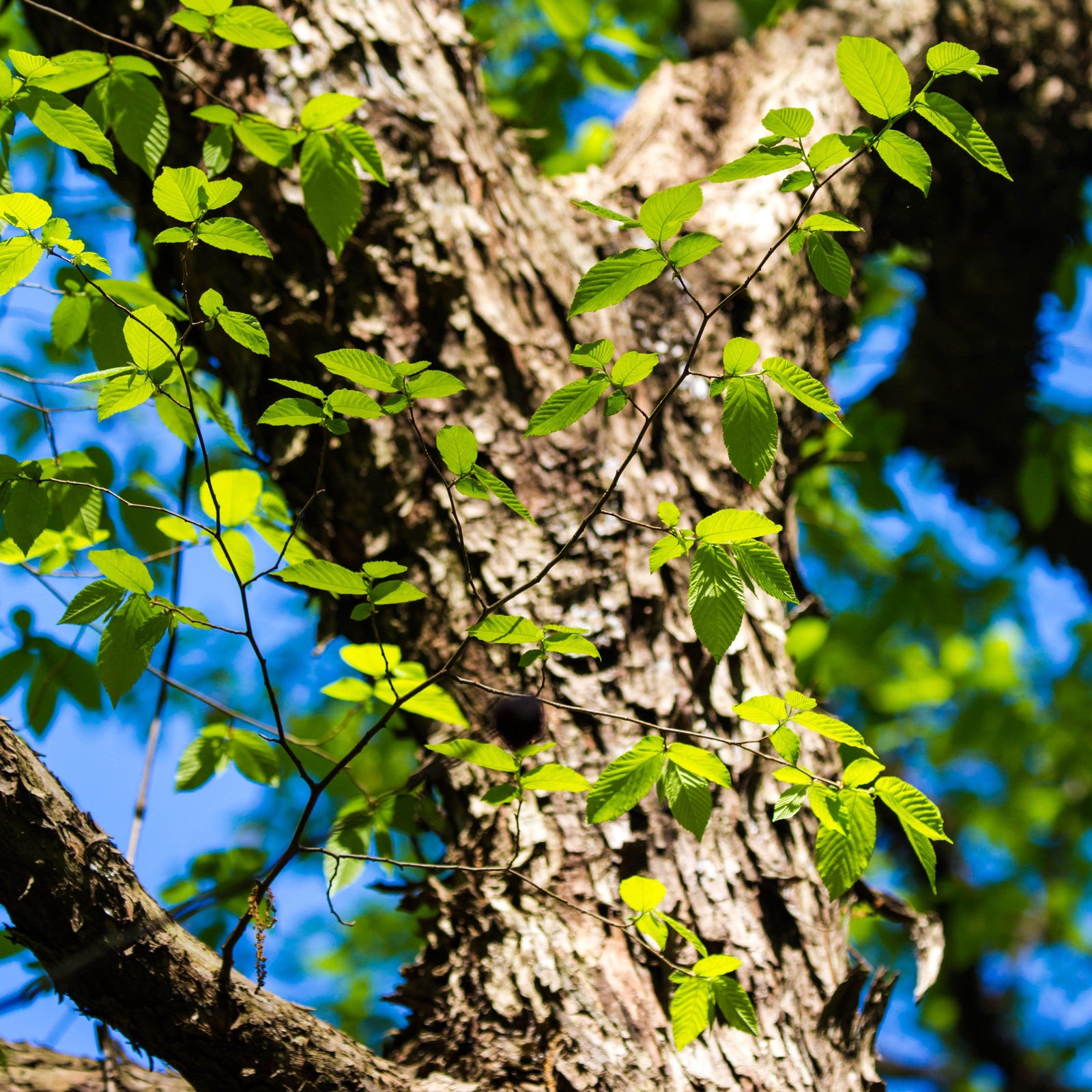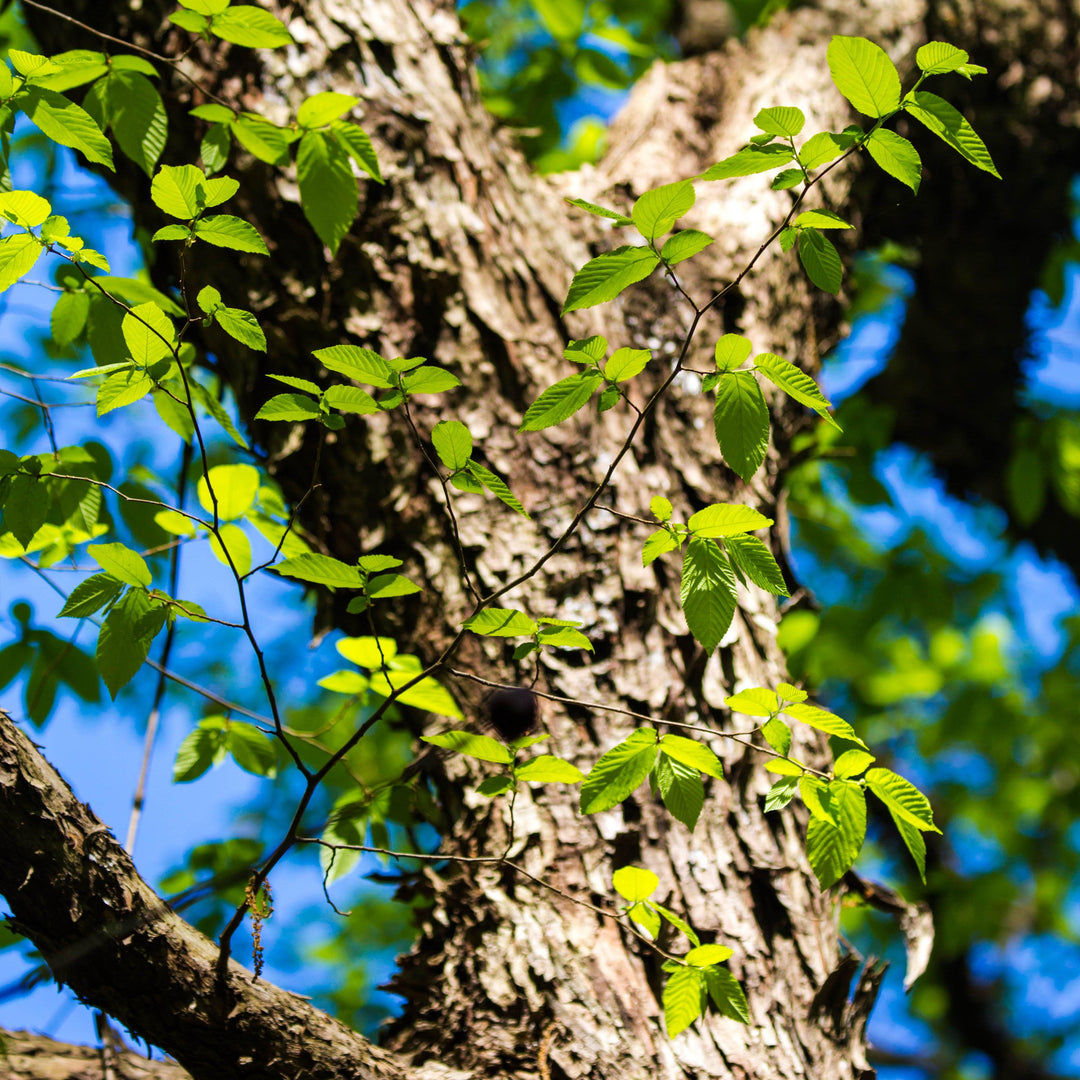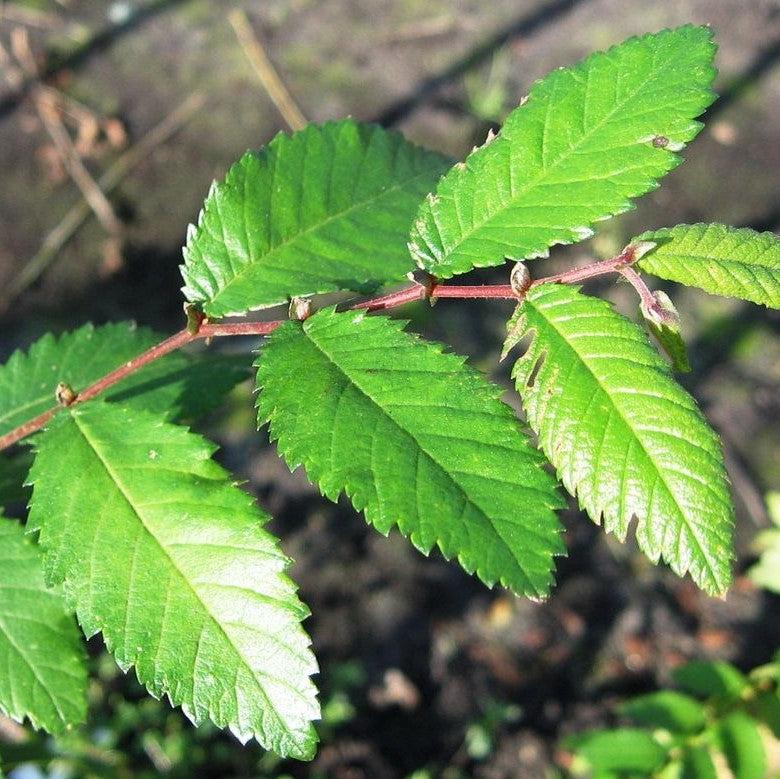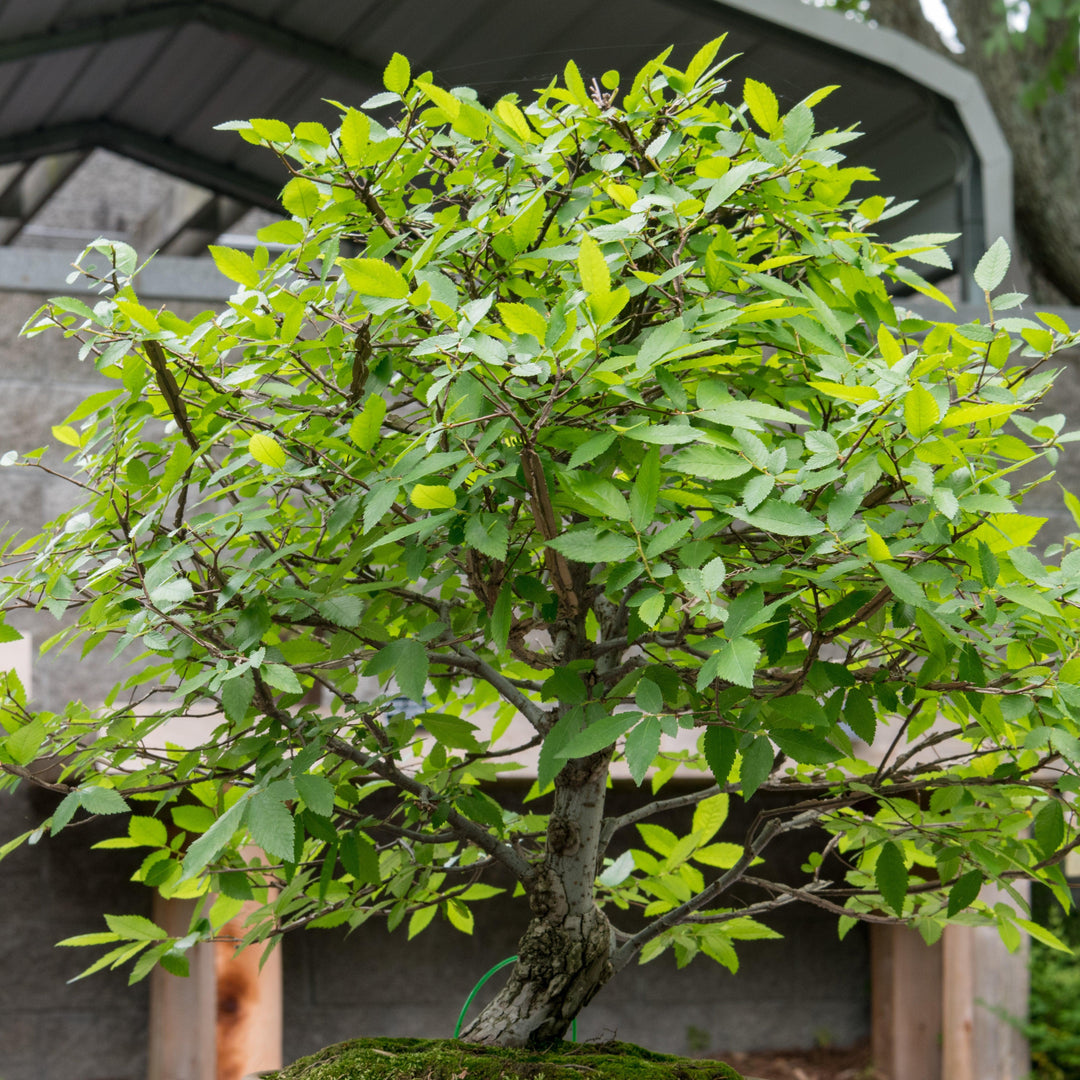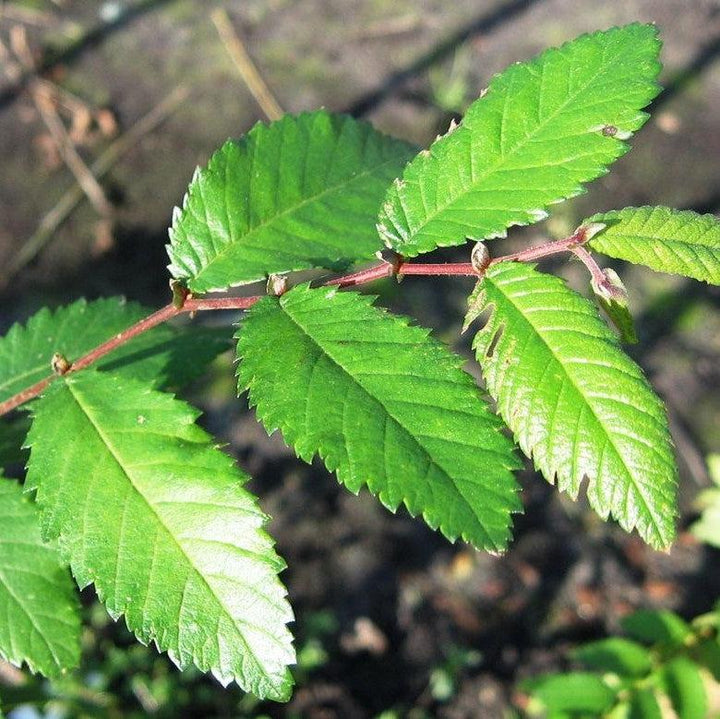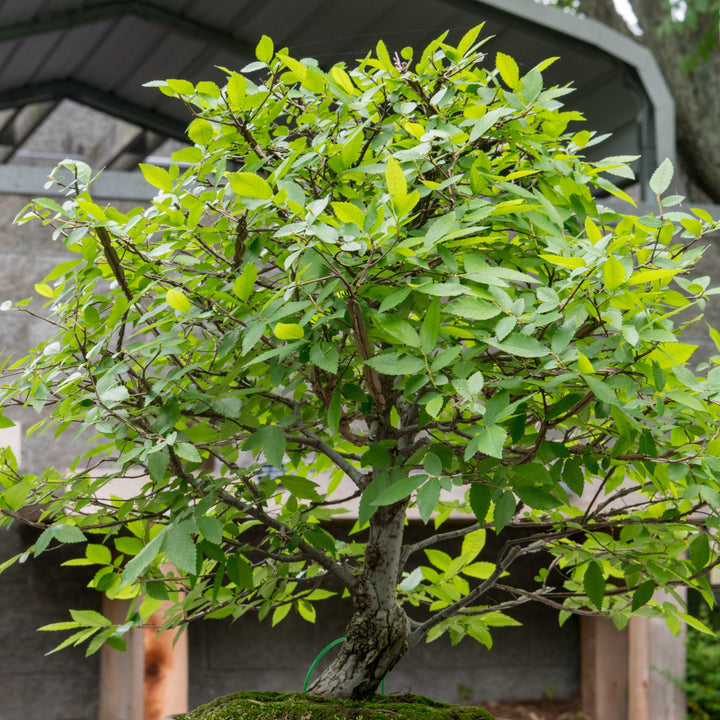Winged Elm is a native deciduous tree with upward arching branches forming a rounded crown, and small cork-like wings on the branches. The serrated, rough dark green leaves with asymmetrical bases often turn an undistinguished dull yellow in fall. Inconspicuous reddish-green flowers bloom in spring before the foliage and give way to papery wing-like seed pods that mature mid-spring. Grows best with full sun and rich, moist well-drained soils. Tolerates light shade, drought, and urban conditions.
|
Type: |
|
|
Origins: |
Southeast N. America; GA Native |
|
Height: |
40’ - 60’ |
|
Spread: |
20’ - 40’ |
|
Spacing: |
30’ |
|
USDA Hardiness Zone: |
6 - 9 |
|
Culture: |
|
|
Bloom Color: |
Green |
|
Season of Interest: |
MAINTENANCE NEEDS: Low Maintenance. Elms are susceptible to Dutch Elm disease and phloem necrosis, which is fatal, and wetwood which causes dieback. Other potential issues include wilts, rots, canker, leaf spots as well as pests such as miners, borers, and scale.
LANDSCAPE USES: Accents or Group Plantings, Borders, Woodland Gardens, Rock Gardens, Ponds and Streams, and Shade Tree.
COMPANION PLANTS: Eastern Redbud, Dogwood, Musclewood
IMAGES: Melissa McMasters, Winged elm, (2) Jay Sturner, Garden of the Gods - Winged Elm, Wahoo (Ulmus alata) - Flickr - Jay Sturner (1), CC BY 2.0, (3) Jay Sturner, Garden of the Gods - Winged Elm, Wahoo (Ulmus alata) - Flickr - Jay Sturner, CC BY 2.0, (4) Puddin Tain, Winged Elm bonsai NBG
*As plants have ranges in appearance they may not appear as the images shown.


